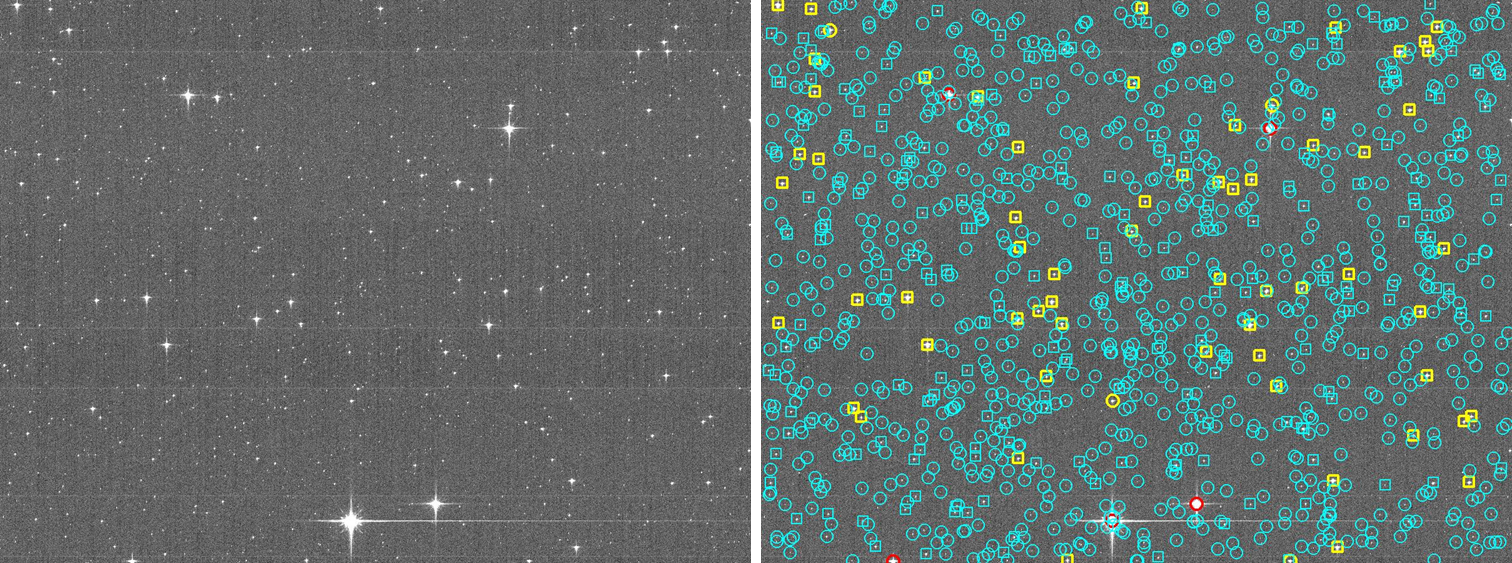Billion Star Sky Surveyor Launches
Astronomers plan on rewriting the star-charts with the latest space telescope, which aims at unlocking the secrets behind the birth and evolution of our home galaxy.
Europe’s new Milky Way Galaxy mapping-mission, called Gaia, is about to embark on a space mission that should create the most detailed three-dimensional star chart of the nearest billion stars. Each and every target star will have its position, distance, movement, and changes in brightness followed at least 70 times over a five year period. (See also ”Mystery Deepens Over Where Sun Was Born“.)
The two-ton space telescope, launched on Thursday on a Russian Soyuz rocket, headed into orbit from the European Space Agency’s spaceport in French Guiana.
Light from the cosmos will focus onto Gaia’s eye, a single digital camera equipped with a billion-pixel CCD chip-set, the largest and most sensitive light-detector ever flown in space.
more…
